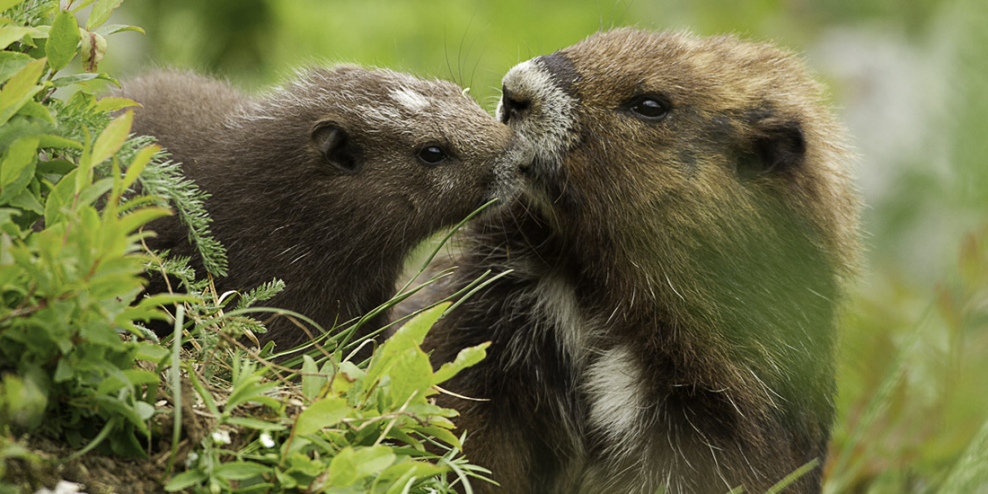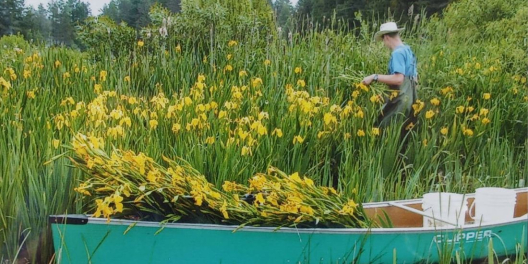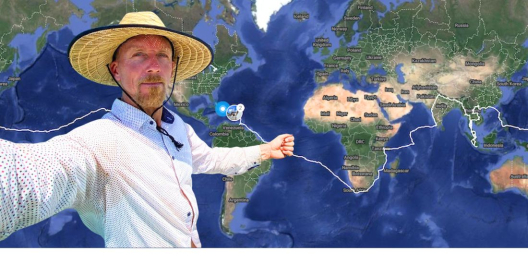Vancouver Island marmots are beyond adorable, and for the first time in years, you may have a chance to see one!
But only if a local cougar chills out on the all-you-can-eat marmot buffet.
Island marmots have been endangered for years. They were almost extinct, and there were less than 30 left in the wild back in 2004.
But thanks to a captive breeding and release program run by the Marmot Recovery Foundation, their numbers have slowly and steadily grown. There are about 258 of the tiny fluffy creatures living on VanIsle!
This is great news. Adam Taylor is the executive director of the Marmot Recovery Foundation. He told CHEK News that the recovery of the marmots is a total success story.
“It is almost unheard of to recover a species from 30 individuals left. It’s just an insane amount of work,” he said.
But releasing the little guys has had its ups and downs. Ten one-year-olds were just released into the wild colony at Mount Washington, and now staff are holding their breath.
As you can imagine, conservationists tend to get attached when working with such cute critters all the time. When the yearlings are released, they live at the bottom of the food chain. And that’s a tough pill to swallow.
Especially when cougars decide to gulp them down by the dozen. That’s what’s happened on Mount Washington last year.
“We know all of these marmots by name,” Taylor told the Comox Valley Record. “My favourite marmot was one of the ones who died last year, and it hurts.”
Taylor said it’s definitely “really unusual” to see so many get picked off, but it’s just the natural way of things.
It is still too early to tell how many marmots are still living in all the release sites. But staff are hopeful that the carnage on Mount Washington was just one lazy cat. It’s possible other colonies are living quite peacefully.
“Our fingers are crossed that what we’ve seen at Mount Washington is [not the norm] and they’re just a couple of weeks behind schedule. So hopefully that’s the case everywhere.”
We’ll be waiting with bated breath for the full population counts in the fall. Here’s hoping the baby marmots learn to scurry quick!










